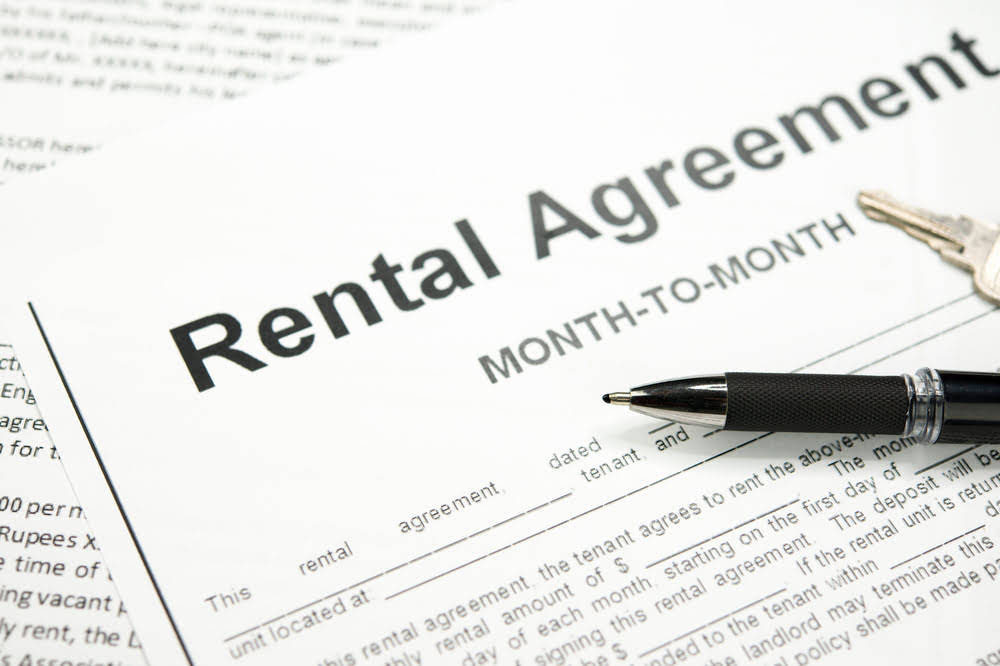
Higher income taxpayers could "park" income inside a private company instead of being paid out as a dividend and then taxed at the individual rates. To remove this tax benefit, some jurisdictions impose an "undistributed profits tax" on retained earnings of private companies, usually at the highest individual marginal tax rate. At the end of that period, the net income (or net loss) at that point is transferred from the Profit and Loss Account to the retained earnings account. If the balance of the retained earnings account is negative it may be called accumulated losses, retained losses, accumulated deficit, or similar terminology. Revenue is the income a company generates from business operations during a period, while retained earnings are the accumulated net income that was not paid out as dividends to shareholders to date. A history of lower retained earnings could indicate that the company is in a mature, low-growth stage since there are fewer ways for the company to reinvest its earnings.
Determine Beginning Retained Earnings Balance

This is the retained earnings amount from the end of the previous financial period. You can find this figure on the balance sheet under the equity section. Shareholder’s equity section includes common stock, additional paid-in capital, and retained earnings. The prior period balance can be found on the opening balance retained earnings asset or liabilities sheet, whereas the net income is linked to the current period income statement. From there, the company’s net income—the “bottom line” of the income statement—is added to the prior period balance.

Let Skynova Help You Manage Your Small Business Bookkeeping
The same goes for the net profit/net loss, calculated by the month, quarter, year, or whatever your accounting period is. Whatever you paid shareholders in dividends for the period will reduce the amount shown in the statement of retained earnings. The retained earnings equation is a fundamental accounting concept that helps companies calculate the amount of profit that is kept in the business after dividends are distributed to shareholders. The retained earnings calculation is essential for understanding a company's ability to reinvest in itself, pay off debt, or fund its own growth without needing additional outside funding. Retained earnings refer to the portion of a company's net income or profits that it retains and reinvests in the business instead of paying out as dividends to shareholders. It’s an equity account in the balance sheet, and equity is the difference between assets (valuables) and liabilities (debts).
- Retained earnings are the portion of income that a business keeps for internal operations rather than paying out to shareholders as dividends.
- We’ll explain everything you need to know about retained earnings, including how to create retained earnings statements quickly and easily with accounting software.
- Cash payment of dividends leads to cash outflow and is recorded in the books and accounts as net reductions.
- In financial modeling, it’s necessary to have a separate schedule for modeling retained earnings.
- Shareholders might see value in using the money for other things than immediate cash dividends if it is invested into something likely to become highly profitable and pay even bigger dividends down the road.
How to Calculate Retained Earnings?

It’s important to calculate retained earnings at the end of every accounting period. Companies also keep a summary report or retained earnings statement. Instead, the corporation likely used the cash to acquire additional assets in order to generate additional earnings for its stockholders. In some cases, the corporation https://www.instagram.com/bookstime_inc will use the cash from the retained earnings to reduce its liabilities.
Benefits of a Statement of Retained Earnings
A balance sheet is a key financial statement that provides a telling snapshot of what a company owns and owes, as well as revealing how much shareholders have invested in it. https://www.bookstime.com/ During a specific financial period, it reports the business's revenue, liabilities, and numbers for the shareholders' equity section. You can also store receipts, have a choice between cash and accrual accounting, and run reports when you need to.

